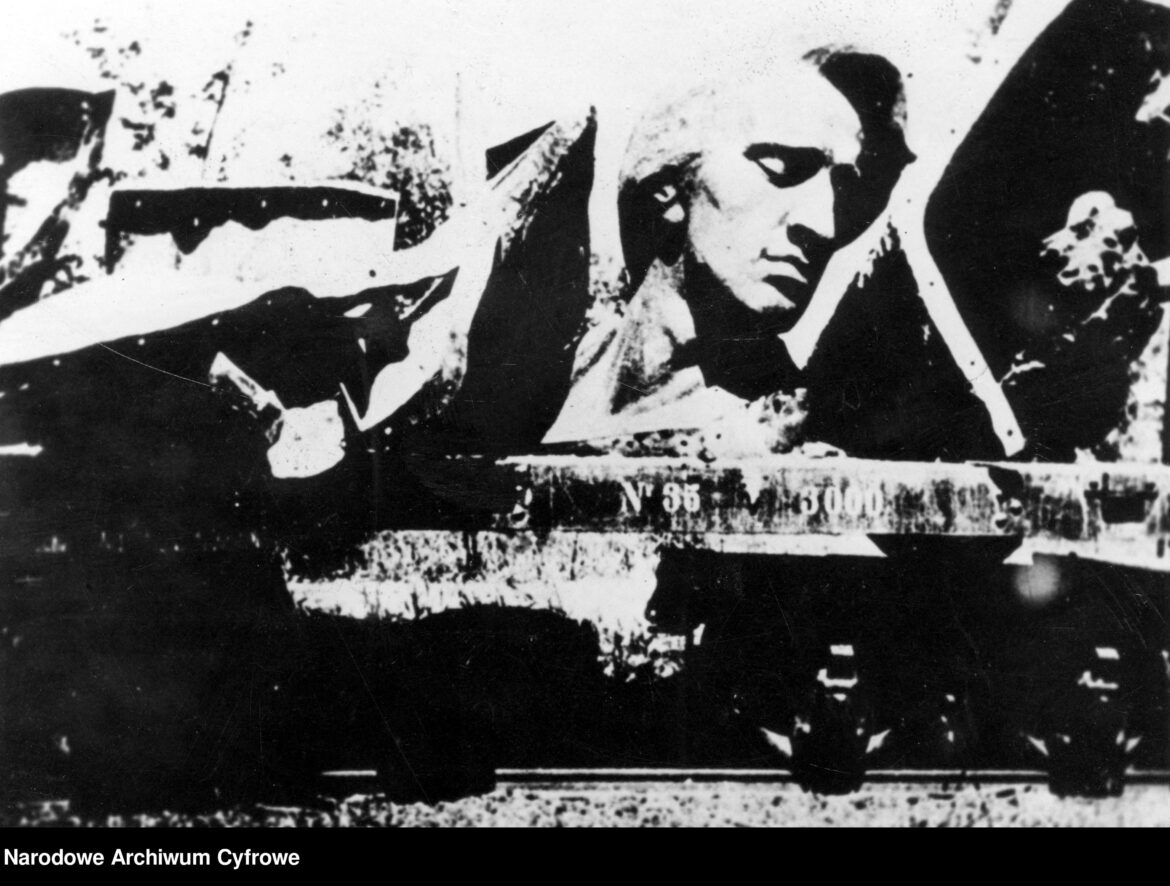In November 1926, in the Łazienki Park in Warsaw, a monument to the outstanding Polish pianist and composer Frédéric Chopin officially unveiled. Less than 15 years later, it was destroyed by the Germans.
Frédéric Chopin (1810-1849) was the most outstanding Polish composer and pianist, widely appreciated all over the world to this day.
In the 1870s, the Warsaw Music Society decided to commemorate the outstanding composer. This idea had not been accepted by the Russian authorities over the years. It was only in 1901 that Tsar Nicholas II gave permission to erect a monument. A few years later, a design by Wacław Szymanowski won the competition for the monument to the composer. However, it was not implemented due to the deliberate tardiness of the Russian authorities. Another obstacle was the outbreak of World War I in 1914.
After the end of hostilities when Poland regained independence in 1918, work on the monument was resumed. The selected location was Łazienkowski Park in Warsaw next to the Belveder Palace. The monument was officially unveiled on November 14, 1926 by President Ignacy Mościcki with the participation of representatives from many countries and crowds of Poles. The monument on the pedestal shows the figure of the Polish composer sitting under a stylized willow tree. It was cast in bronze in one of the French studios. In the interwar period, the monument quickly became one of the symbols of the Polish capital.
After the occupation of the Polish state by the Germans in 1939, the occupiers began actions aimed at the destruction of the Polish nation. On the one hand, the German occupiers began physical extermination of the Polish elite in 1939, and on the other, they implemented a plan of robbery and destruction of Polish cultural goods. The monument to Frédéric Chopin, located in the German part of occupied Warsaw, became a victim of such destruction. On May 31, 1940, it was blown up, and the damaged cast was cut into pieces and melted down. The Germans did not spare the wooden model of the monument from the museum collections either.
After the war, the monument was reconstructed and unveiled again in 1958.





